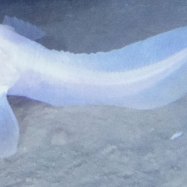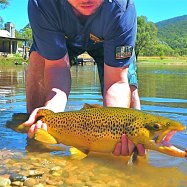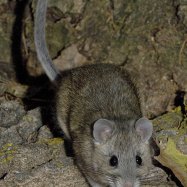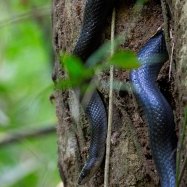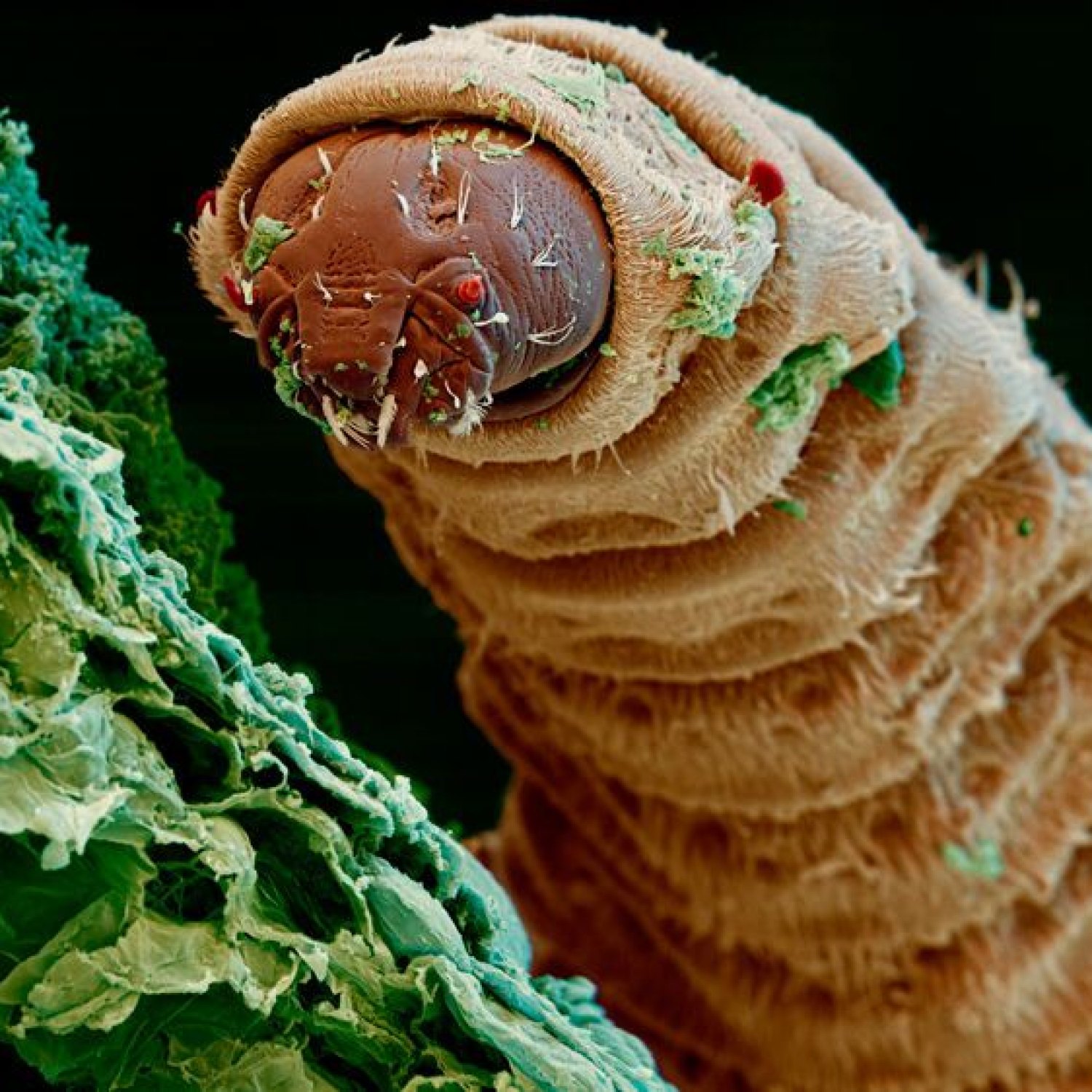
Maggot
0.5 to 20 mm
Maggots are common insects found all over the world, ranging in size from 0.5 to 20 mm. These tube-shaped creatures, belonging to various families, are known for their ability to consume dead and decaying matter. Despite their reputation as disgusting creatures, maggots play a crucial role in the ecosystem by breaking down organic matter and assisting in nutrient recycling. So next time you see a maggot, remember their important role in the circle of life.
Animal Details Summary:
Common Name: Maggot
Kingdom: Animalia
Habitat: Various habitats including land, water, and decaying organic matter
Introduction: The Small but Mighty Maggot
When we think of maggots, the first image that comes to mind is usually a gross and revolting creature crawling in rotting food or flesh. But did you know that these little grubs are actually important organisms in the natural world?Maggots are often the larvae of flies, belonging to the Diptera order of insects. The scientific name for maggots is Diptera, and their common name is also maggot. They are found worldwide, residing in various habitats such as land, water, and even decaying organic matter Maggot. With a cylindrical and elongated body shape, maggots come in different sizes, ranging from 0.5 to 20 mm in length. Their body coloration also varies depending on the species.
In this article, we will take a closer look at maggots, their characteristics, habitats, and feeding methods, shedding light on the remarkable creatures that are often misunderstood and overlooked.
The World of Maggots: Their Biological Features
Maggots belong to the kingdom Animalia, meaning they are multicellular, eukaryotic organisms. They also fall under the phylum Arthropoda, which includes all invertebrates with jointed legs. Within the phylum, maggots belong to the class Insecta, which is the most diverse group of animals on earth.As larvae, maggots go through a metamorphosis process before eventually transforming into adult flies. During this process, they shed their skin several times until they reach maturity Maltipom. At this stage, maggots are mostly concerned with feeding to gain enough nutrients and energy for their transformation.
Their distinctive appearance, with a soft and cylindrical body, is specially designed for their habitat and feeding methods. Some species of maggots have specialized mouthparts for consuming different types of food, such as leaves, fruits, and even dead animals.
The Feeding Habits of Maggots: Detritivores of the Natural World
One of the most fascinating aspects of maggots is their feeding method. These small larvae are detritivores, meaning they feed on decaying organic matter. This may include dead animals, plants, and even feces. Maggots play a crucial role in the natural world by breaking down and recycling organic materials, contributing to the nutrient cycle.Their feeding habits may seem unpleasant, but without maggots, the world would be overrun with rotting carcasses and waste. They help to prevent the spread of bacteria and disease by consuming and digesting dead and decaying matter.
Maggots also serve as food for other animals such as birds, frogs, and small mammals, making them an essential part of the food chain.
The Habitat of Maggots: From Land to Water to the Human Body
As mentioned earlier, maggots can thrive in various habitats, including land, water, and decomposing organic matter. Different species of maggots have adapted to specific environments, allowing them to survive and thrive in diverse conditions.For example, house fly maggots are commonly found in warm and moist places, such as trash cans, while carrion fly maggots thrive in carcasses and animal remains. Some species of maggots are also aquatic and reside in stagnant water, feeding on microorganisms and detritus.
Another intriguing aspect of the maggot habitat is their ability to survive in the human body. Certain species of flies, such as a botfly, lay their eggs on the skin of animals, including humans. The larvae then hatch and feed on the tissues and fluids of the host until they mature and emerge from the skin as adult flies.
While this may sound like a nightmare, maggots have been used in medical settings to clean wounds and promote healing by consuming dead tissue. This method, known as maggot therapy, has been used for centuries and is making a resurgence in modern medicine.
The Significance of Maggots in Human Society
Aside from their importance in the natural world, maggots also hold significance in human society. In some cultures, maggots are considered a delicacy and are consumed as a source of protein. They are also used as bait for fishing and as a natural fertilizer for plants and crops.Maggots have also been used in forensic entomology, the study of insects in criminal investigations. Forensic entomologists can use maggots to determine the time of death of a body by estimating how long they have been feeding on it.
In recent years, scientists have also been exploring the potential of maggots in sustainable food production. Due to their high protein content and low environmental impact, some experts believe that maggots could play a significant role in fighting global food insecurity.
The Misunderstood Maggot: Separating Fact from Fiction
Despite their importance in nature and human society, maggots are often misunderstood and viewed as repulsive creatures. This misconception may stem from cultural associations with death and decay, as well as exaggerated depictions in media and literature.It is important to remember that maggots are simply doing their part in the cycle of life, and their presence helps to maintain a healthy ecosystem. Misinformation and fear around maggots can have harmful consequences, such as the unnecessary use of pesticides to get rid of them.
Below are some common myths about maggots that need to be debunked:
- Maggots are not dirty or disease-ridden creatures. In fact, their eating habits help to prevent the spread of bacteria and disease.- Not all maggots are harmful to humans. While some species can cause myiasis (infestation of body tissues), the vast majority are harmless to humans.
- Maggots will not spontaneously generate in food. They are always present as eggs, which need specific conditions to hatch and survive.
- Maggots do not have legs, and therefore cannot crawl into your body. Adult flies may lay their eggs on the skin, but the larvae will not crawl or burrow into it.
In Conclusion: The Tiny, But Mighty Maggot
Maggots may not be the most glamorous or beloved creatures in the animal kingdom, but they play a vital role in maintaining the balance of nature. From breaking down decaying matter to serving as a food source for other animals, these tiny larvae are essential to the functioning of various ecosystems.As humans, we may not always appreciate the presence of maggots, but it is crucial to understand and respect their significance in both nature and human society. So the next time you come across a maggot, remember that there is more to it than meets the eye.

Maggot
Animal Details Maggot - Scientific Name: Diptera
- Category: Animals M
- Scientific Name: Diptera
- Common Name: Maggot
- Kingdom: Animalia
- Phylum: Arthropoda
- Class: Insecta
- Order: Diptera
- Family: Various
- Habitat: Various habitats including land, water, and decaying organic matter
- Feeding Method: Detritivore
- Geographical Distribution: Worldwide
- Country of Origin: Not applicable
- Location: Various
- Animal Coloration: Varies depending on species
- Body Shape: Cylindrical and elongated
- Length: 0.5 to 20 mm
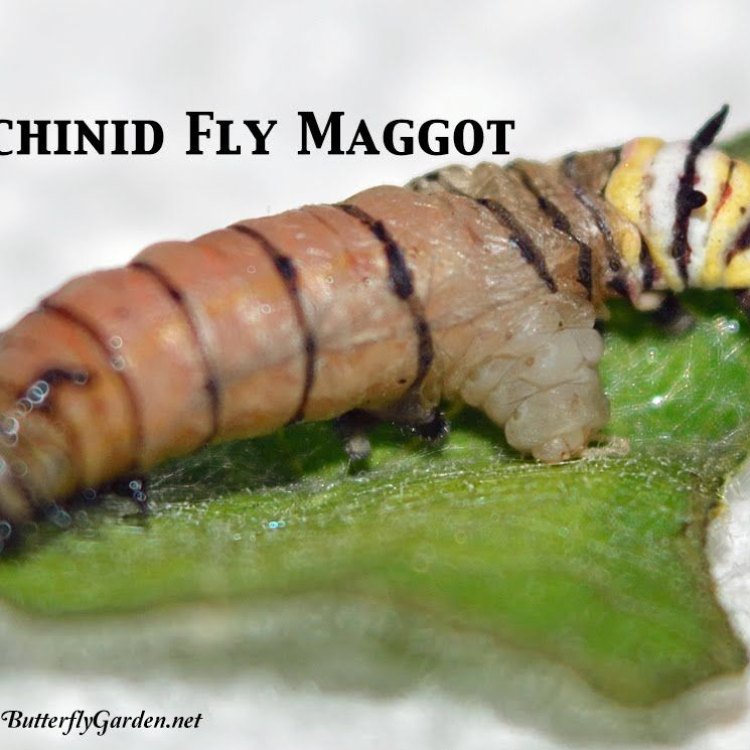
Maggot
- Adult Size: Varies depending on species
- Average Lifespan: Varies depending on species
- Reproduction: Sexual reproduction
- Reproductive Behavior: Varies depending on species
- Sound or Call: None
- Migration Pattern: Varies depending on species
- Social Groups: None
- Behavior: Varies depending on species
- Threats: Predation, environmental changes, pesticides
- Conservation Status: Not applicable
- Impact on Ecosystem: Decomposers, play a vital role in nutrient cycling
- Human Use: Used in forensic investigations, medical treatments (maggot therapy), fishing bait
- Distinctive Features: Soft, legless larval stage with distinct head and body segments
- Interesting Facts: Maggots are the larval stage of flies, they have been used for centuries in wound healing due to their ability to clean infected tissue
- Predator: Various predators including birds, insects, and other small animals
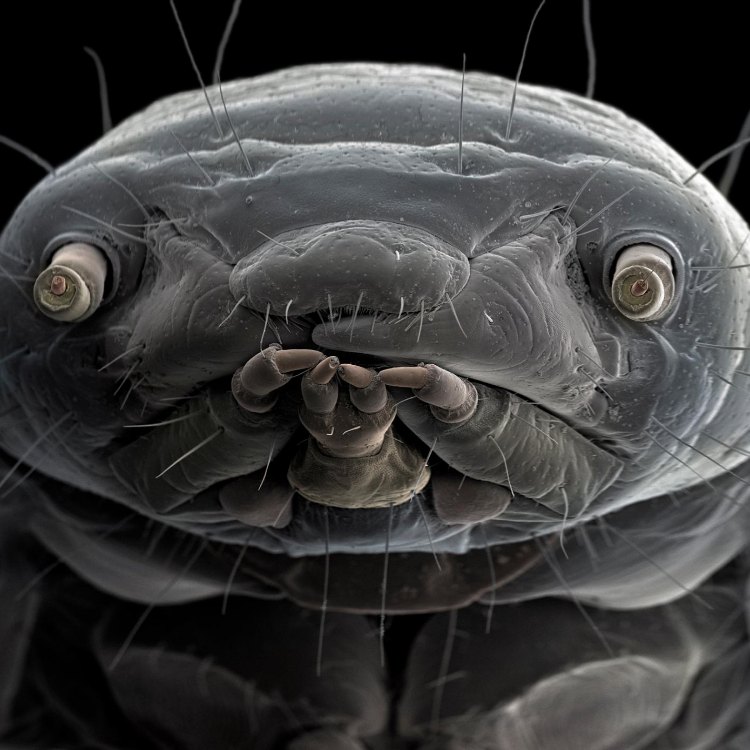
Diptera
Maggots: The Unlikely Heroes of Nature
When we think of maggots, the first image that comes to mind is often that of a disgusting, slimy creature that we associate with decay and filth. But what if I told you that these seemingly repulsive insects play a crucial role in the natural world? In fact, maggots have been called the "unseen heroes" of nature due to their unique and important characteristics. From being used in medicine and forensic investigations to their vital role in nutrient cycling, maggots are truly fascinating creatures.So, let's take a closer look at these tiny creatures and discover the unique features that make them such an integral part of our ecosystem PeaceOfAnimals.Com.
The Basics: Size, Lifespan, and Reproduction
Maggots are the larvae of flies, belonging to the order Diptera, which means "two wings." There are over 160,000 known species of flies, which means there are just as many different types of maggots. These larvae come in various sizes, depending on the species of fly they originate from. Some maggots can be as small as 1 mm, while others can grow up to 1 inch in length.The lifespan of a maggot also varies depending on the species. Some species have a short lifespan, with maggots only living a few days before turning into pupae, while other species can live for several weeks.
Maggots, like all insects, reproduce through sexual reproduction. The female fly lays her eggs, often in large clusters or masses, on decaying organic matter. This can be anything from meat to fruits and vegetables Miniature Husky. The eggs then hatch into tiny, legless maggots, which begin to feed on the decaying matter.
Reproductive Behavior and Migration Pattern
As mentioned before, maggots come from fly eggs. However, the reproductive behavior of flies can vary greatly depending on the species. Some flies lay their eggs on the surface of the decaying matter, while others deposit them directly inside the material. Some fly species also exhibit elaborate courtship behaviors, while others reproduce through a mating swarm.Maggots do not have a migration pattern as they typically stay close to their food source. However, their parent flies may migrate to find suitable places to lay their eggs.
Survival Tactics: Behavior, Threats, and Predators
Maggots have developed unique behaviors to ensure their survival. They are most active at night to avoid predators, and they feed continuously, quickly consuming the decaying matter around them. This behavior helps them grow at a rapid rate, which is necessary for their transformation into pupae.But despite their best efforts, maggots face various threats in their environment. Predation is a significant threat, with maggots being food for a variety of creatures such as birds, insects, and other small animals. Environmental changes, such as droughts or floods, can also affect the availability of their food source. And the use of pesticides can have devastating effects on maggot populations.
The Role of Maggots in the Ecosystem
Maggots may have a negative connotation, but they play a vital role in maintaining the balance of our ecosystem. As decomposers, maggots help break down decaying matter, returning essential nutrients back to the soil. Without maggots, we would be left with piles of waste, resulting in an imbalance in the nutrient cycle.But their contribution to the ecosystem does not end there. Maggots also serve as a food source for other animals, helping to sustain the food chain. Without maggots, many animals would go hungry, leading to further imbalances in the ecosystem.
Human Use and Maggot Therapy
While maggots may not be a popular pick for domestic pets, humans have found some unique uses for them. For centuries, maggots have been used for their medicinal properties to aid in wound healing. In a process called "maggot therapy," sterile maggots are placed on a wound to clean out any dead or infected tissue. This allows the wound to heal faster and helps prevent further infections.But their usefulness doesn't stop there. Maggots are also used in forensic investigations, particularly in estimating the time of death. The growth rate of maggots is a reliable indicator of how long a body has been decomposing, helping investigators solve crimes.
Distinctive Features and Interesting Facts
Maggots may not be the most aesthetically pleasing creatures, but they do have some unique and interesting features. As mentioned before, maggots are the larval stage of flies and have soft, legless bodies with distinct head and body segments. They move by wriggling and can cover impressive distances in a short amount of time.But one of the most interesting facts about maggots is their use in wound healing, which dates back to ancient times. The ancient Greeks, Romans, and Native Americans all used maggots to heal wounds, believing that maggots helped remove infected tissue and promote healing. Even during medieval times, maggots were used to treat battlefield wounds.
In Conclusion
Despite their unappealing appearance, maggots are essential and fascinating creatures. From contributing to the nutrient cycle and providing a food source for animals to their use in medicine and forensic investigations, maggots are truly the unsung heroes of nature.So the next time you see a maggot, don't be so quick to brush it off as a disgusting creature. Instead, take a moment to appreciate its unique features and the vital role it plays in our ecosystem. After all, maggots may not be the most lovable creatures, but their impact on our world is undeniable.
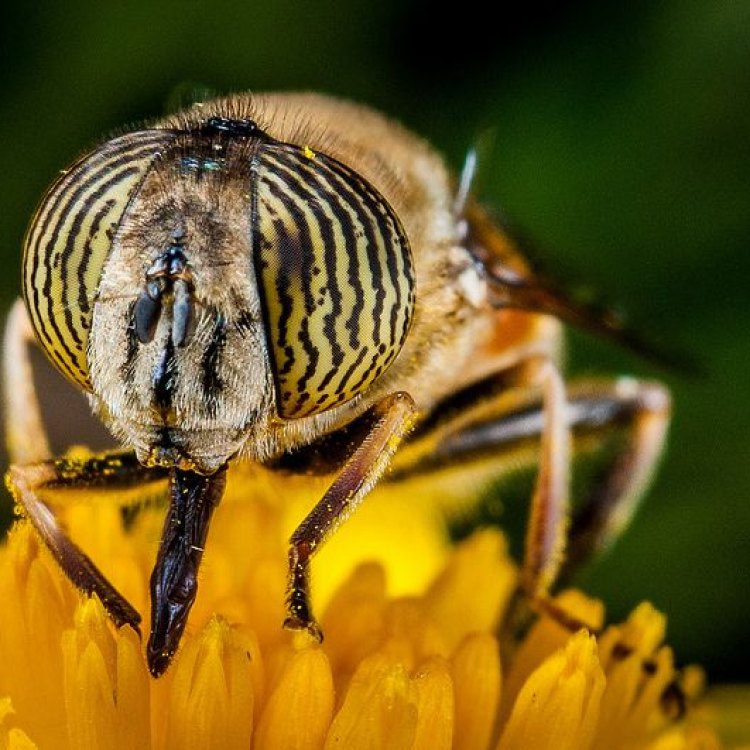
Introduction: The Small but Mighty Maggot
Disclaimer: The content provided is for informational purposes only. We cannot guarantee the accuracy of the information on this page 100%. All information provided here may change without prior notice.

